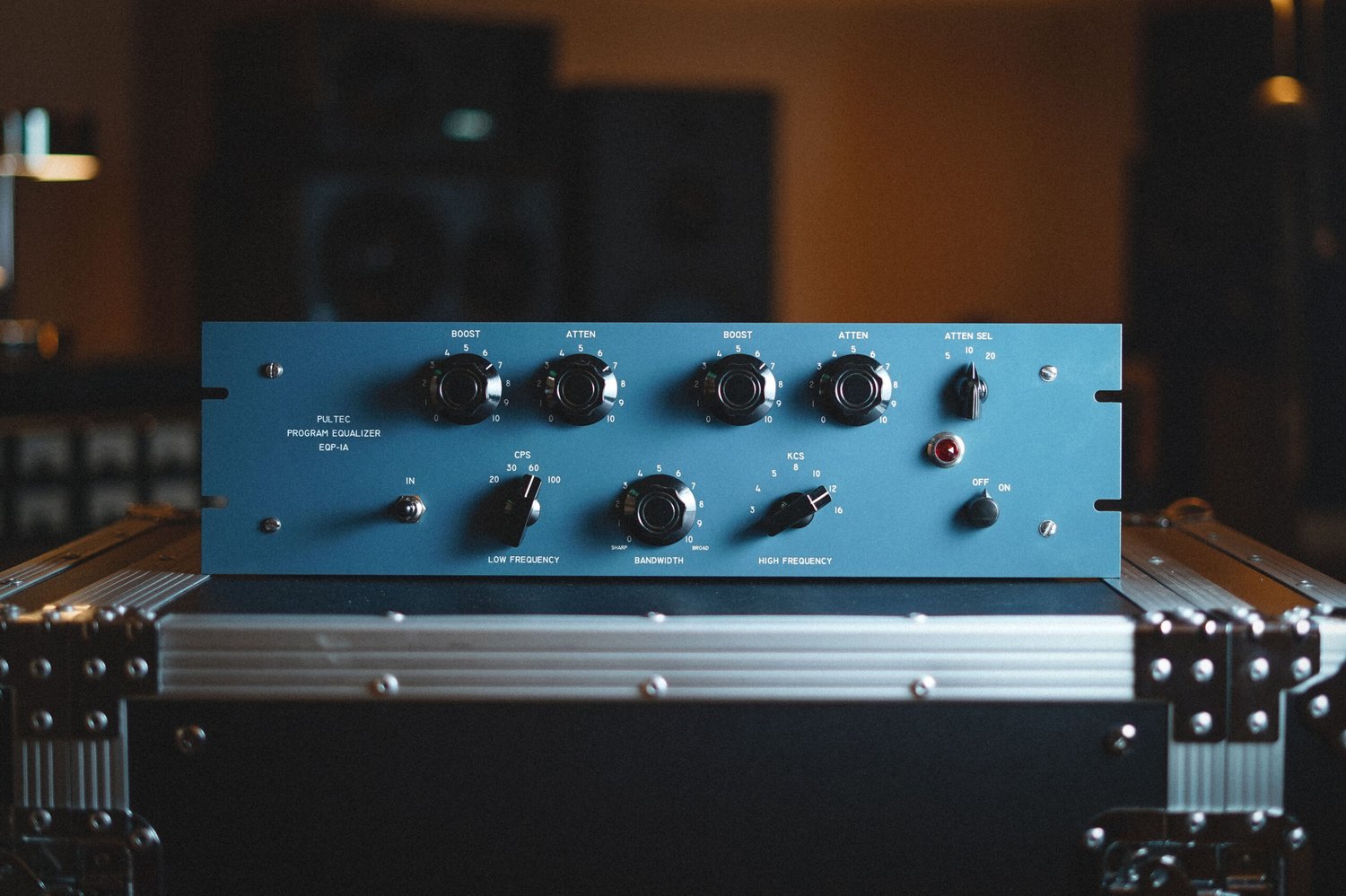Equalization, or EQ, is one of the most important tools in a mixing and mastering engineer's toolbox. By adjusting the balance of different frequencies in a track, you can shape the overall tone, create space for different elements to breathe, and fix problems like harshness, muddiness, or thinness.
In this post, we'll explore why EQ is so important and offer some tips for using it effectively in your mixing and mastering projects.
Why is EQ Important?
EQ is a crucial part of the mixing and mastering process for several reasons:
1. Balancing Frequencies: EQ allows you to balance the various frequencies in a mix or master so that they don't overpower each other. For example, you might use EQ to cut some of the low frequencies from a guitar to make room for the kick drum, or boost the high frequencies on a vocal to make it stand out in the mix.
2. Correcting Problems: EQ can also be used to correct problems like harshness, muddiness, or thinness in a mix. For example, if a vocal sounds too nasal, you might cut some of the mid-range frequencies to make it sound smoother, or if a bass guitar is too boomy, you might cut some of the low frequencies to tighten up the sound.
3. Adding Character: EQ can also be used to add character to a mix or master. For example, you might boost the high frequencies on a snare drum to give it more snap, or add some warmth to a mix by boosting the low frequencies on a bass guitar.
Tips for Using EQ Effectively
Here are some tips for using EQ effectively in your mixing and mastering projects:
1. Start with a Flat EQ: When you first add an EQ plugin to a track, start by setting all the controls to zero. This will give you a "flat" sound that you can then adjust as needed.
2. Use Cuts as well as Boosts: While boosting certain frequencies can help elements stand out in a mix, don't forget that cutting frequencies can also be effective. For example, if you're trying to make a guitar and a piano sit well together in a mix, you might cut some of the mid-range frequencies on one or both instruments to create more space.
3. Be Subtle: While EQ can be a powerful tool, it's important not to overdo it. Small adjustments can often have a big impact, so try to make subtle changes and listen carefully to the results.
4. Use Different Types of EQ: There are many different types of EQ plugins available, each with its own strengths and weaknesses. Experiment with different types to find the ones that work best for your specific project.
5. Listen in Context: When making EQ adjustments, it's important to listen to the track in the context of the whole mix. Soloing individual tracks can be helpful for identifying problem areas, but always check how the adjustments are affecting the overall balance of the mix.
Conclusion
EQ is a powerful tool for shaping the tonal balance of a mix or master, correcting problems, and adding character. By using EQ effectively and making subtle adjustments, you can achieve a balanced, professional-sounding mix or master that will sound great on a wide range of playback devices.


